A-HEAT
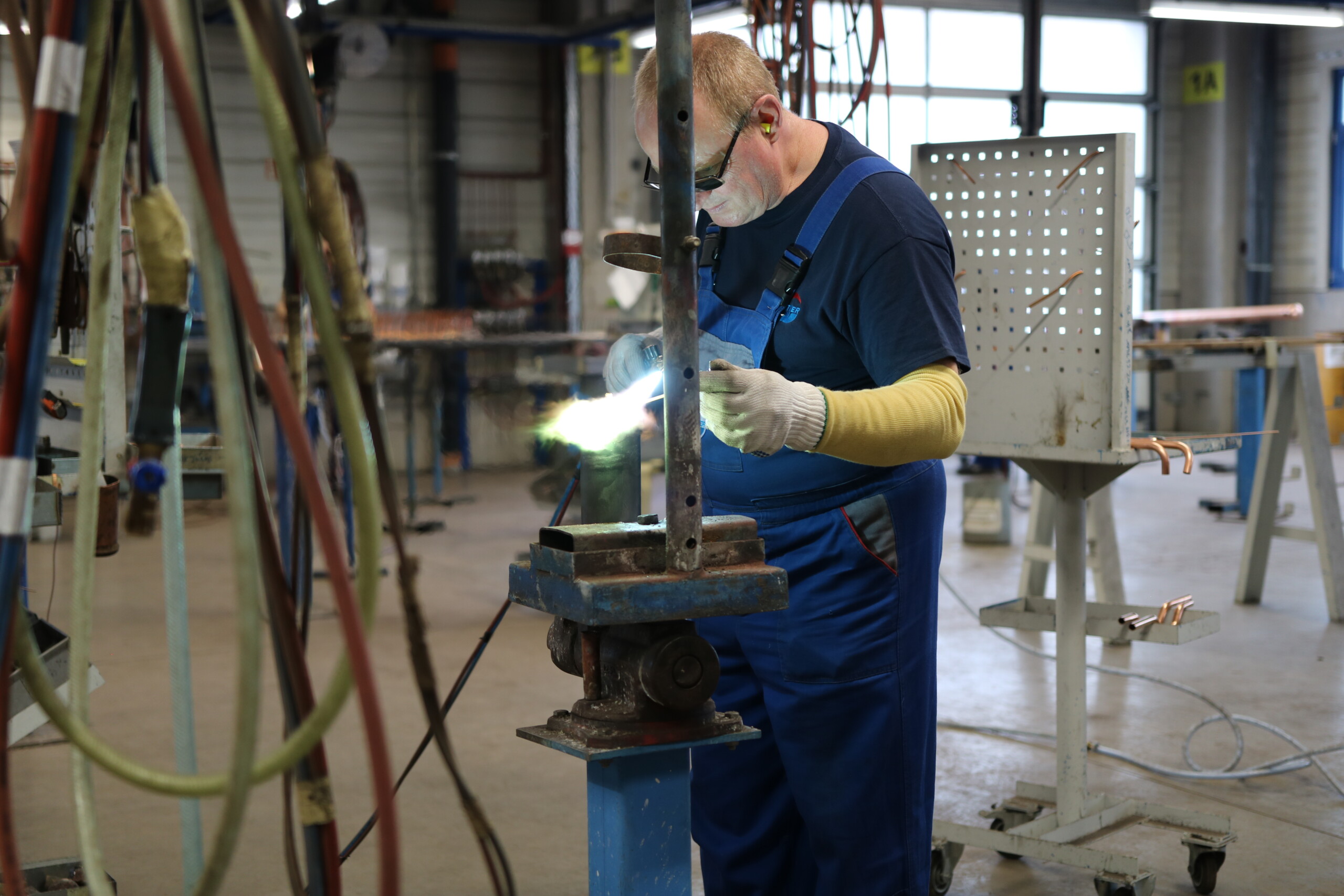

Developing the future DNA of a market-leading global business
Strategy • Photography
As with every global business, the eyes of the senior management team and board are firmly on the future. What does it look like? How do they react? What future-proofing is required? What can they do better for the next generation? What opportunities are available? What strengths can be optimised? What weaknesses need acknowledging? These are all questions that we discussed in our recent trip to Tata in Hungary on behalf of A-Heat, where we toured their largest factory (owned by the Guntner Group) and sat down with the senior team to present our strategy and expertise on what their future looks like.
• In 2015, the business had a turnover of 320 million euros
• The business has a global network of 55 subsidiaries
• A-heat employs over 3,000 people across four continents
• The business was first founded in 1931 in Munich
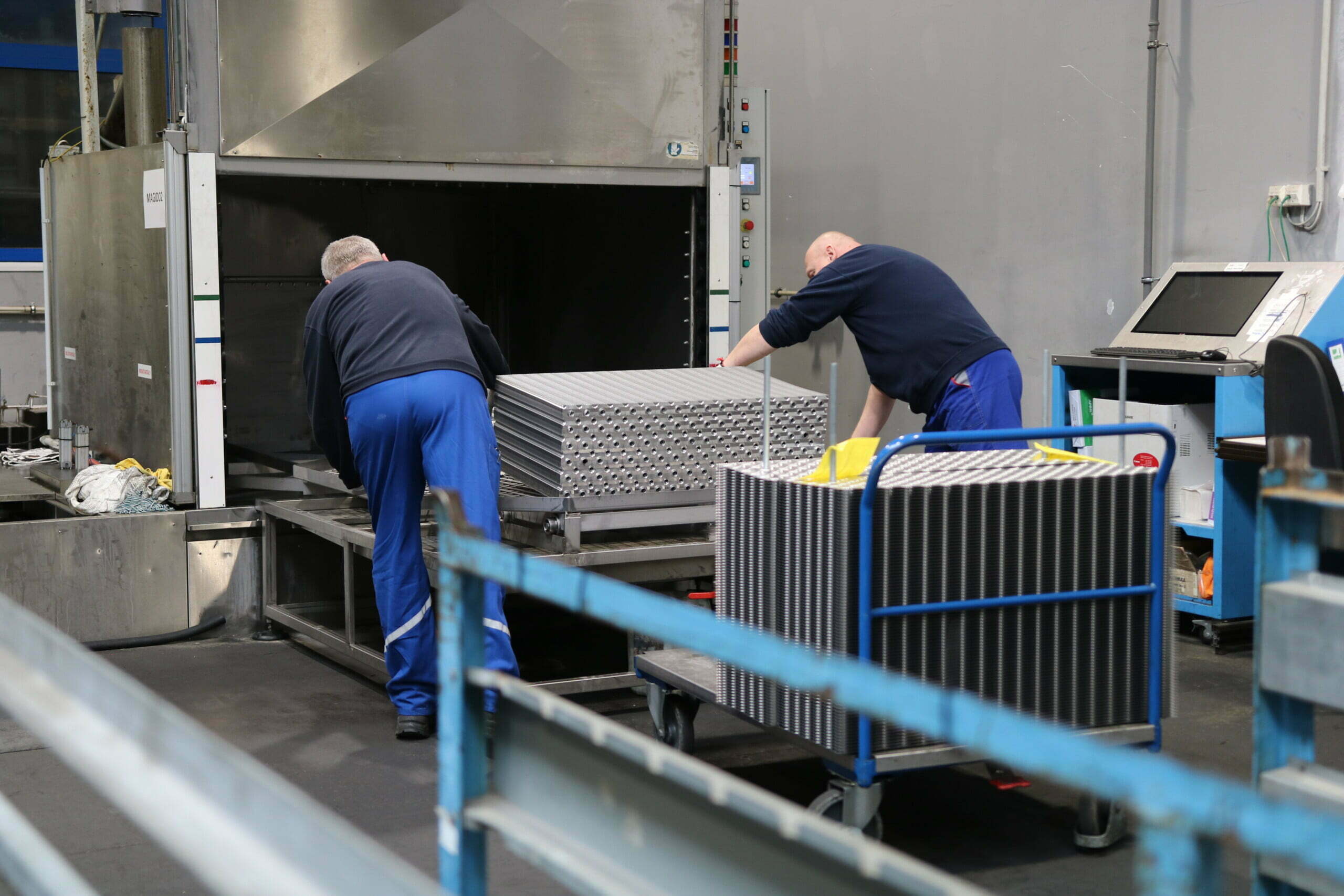

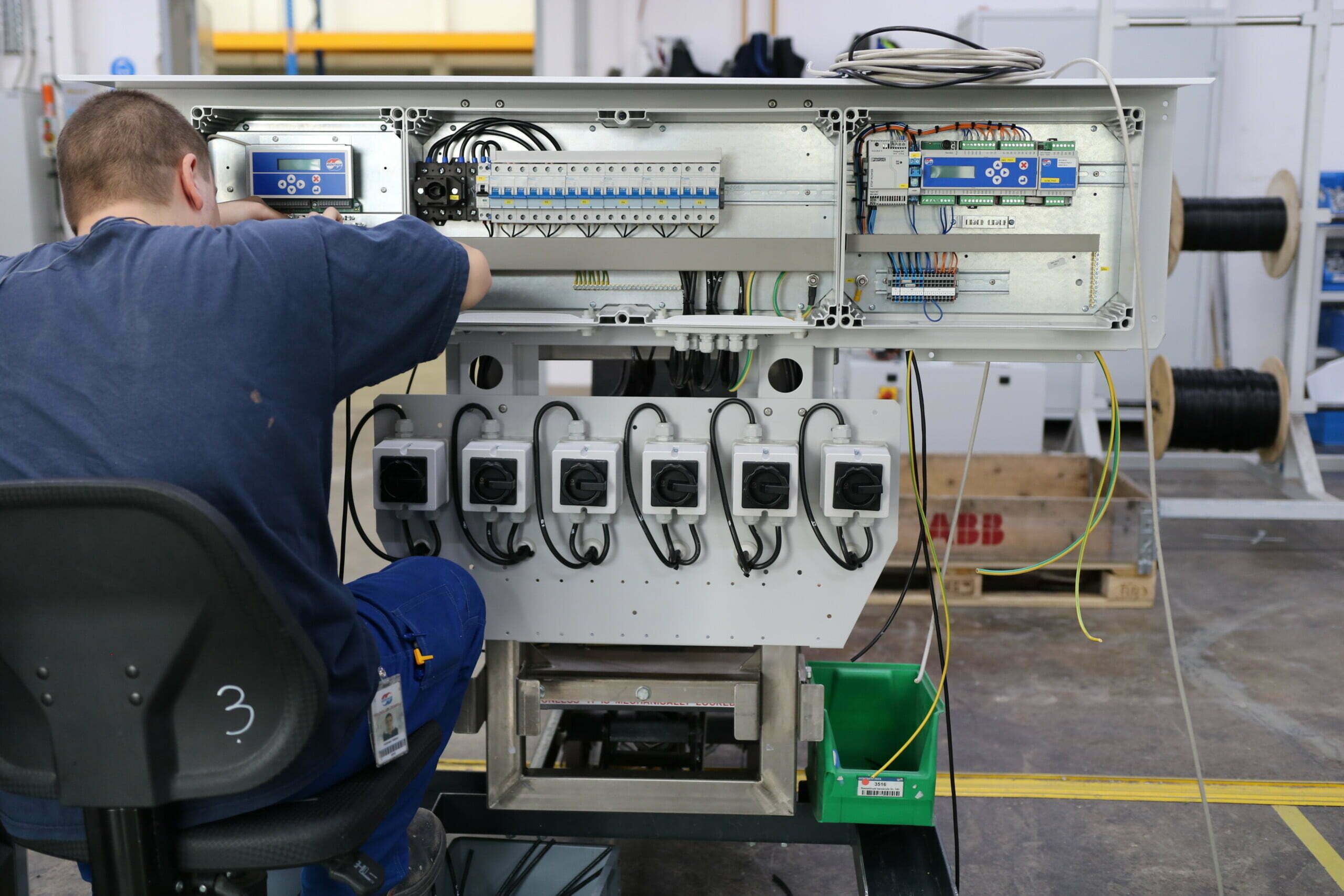

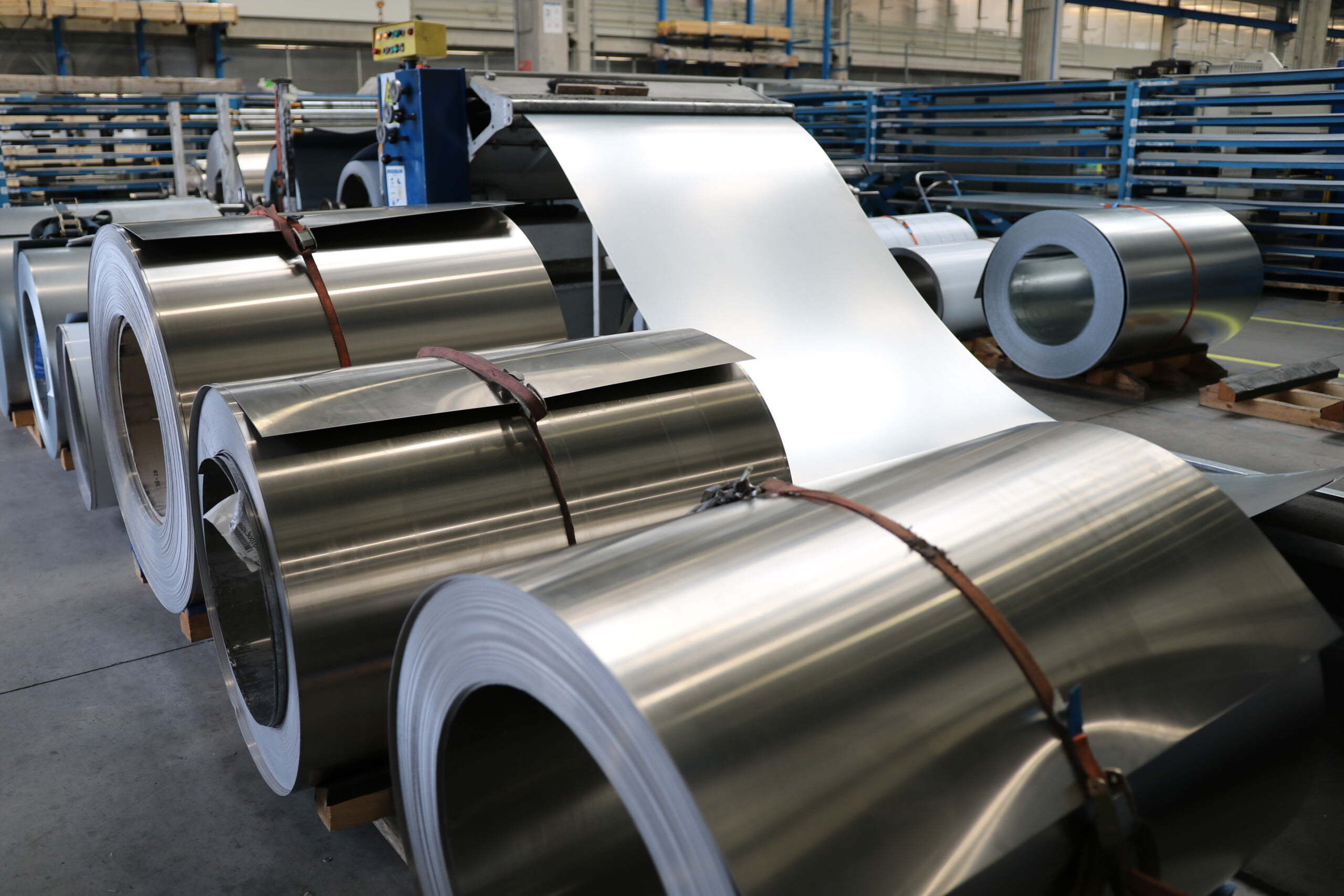

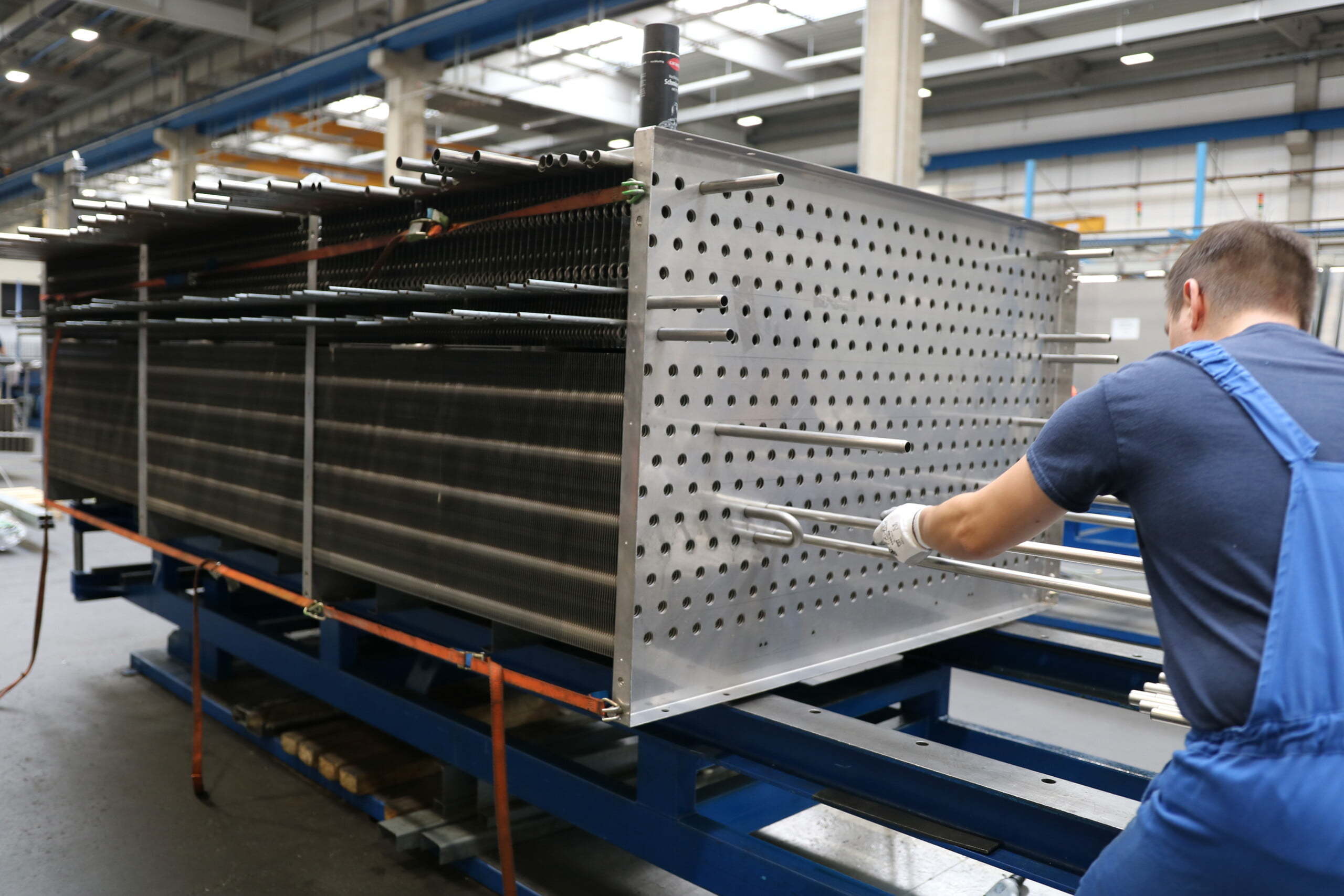

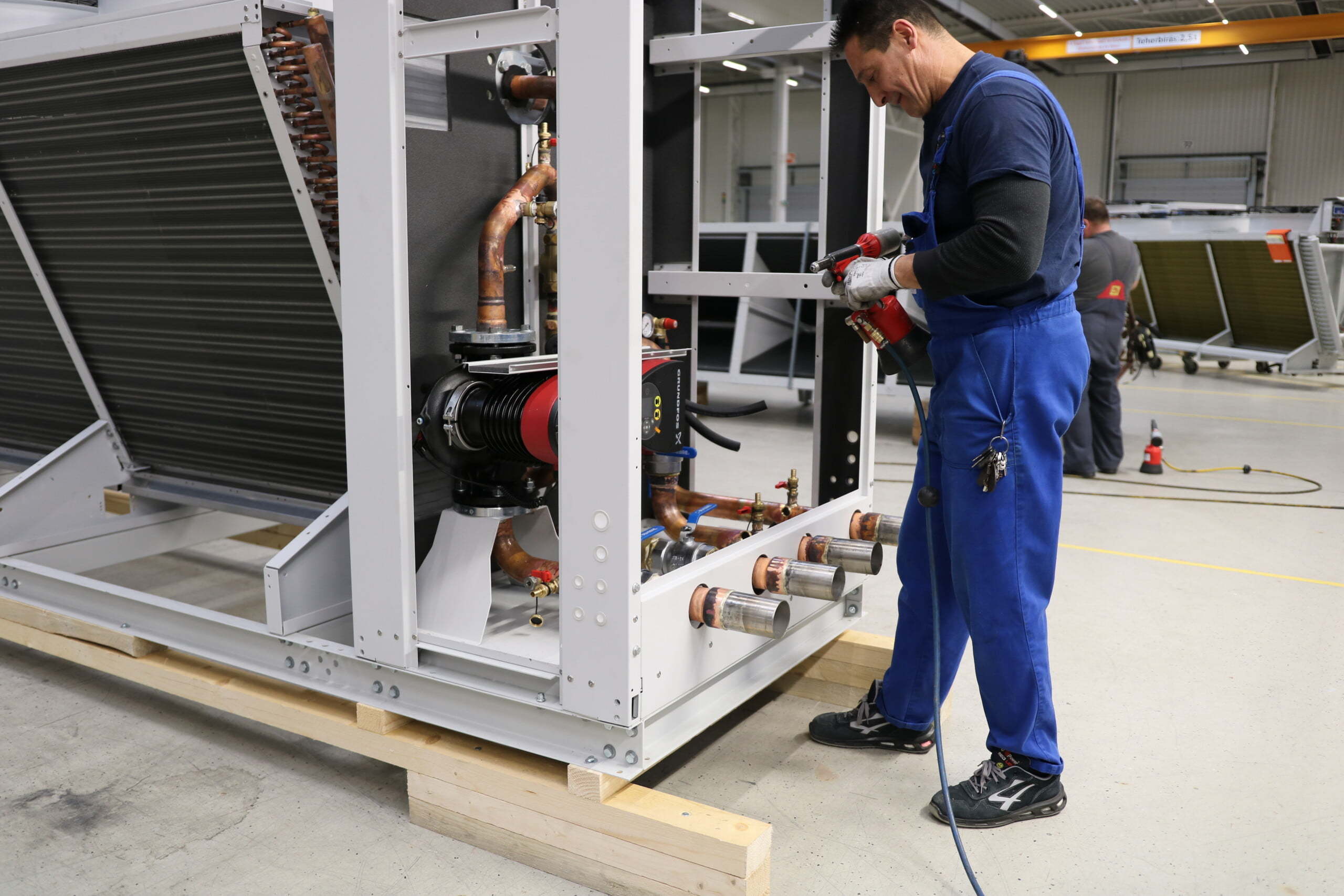



The Factory
As part of learning more about A-Heat, we visited one of their subsidiary company’s largest factories in Tata. The Guntner Group first built this factory, the largest production facility in the business, in 1988. They now have factories across Europe, Russia, Mexico and Indonesia.
The tour was conducted by the Managing Director of Guntner Tata, who explained about the entire process of producing each cooling system and heat exchange product. Interestingly, each item was custom-made for the client’s exacting specification with a large proportion of the components produced in-house and then hand-made into the units by a skilled team of trained workers. From welding to electrical engineering, painting to fixing, sheet work to creating piping, we saw all parts of the process and understood how this could be tailored depending on the environment that the unit was going into.
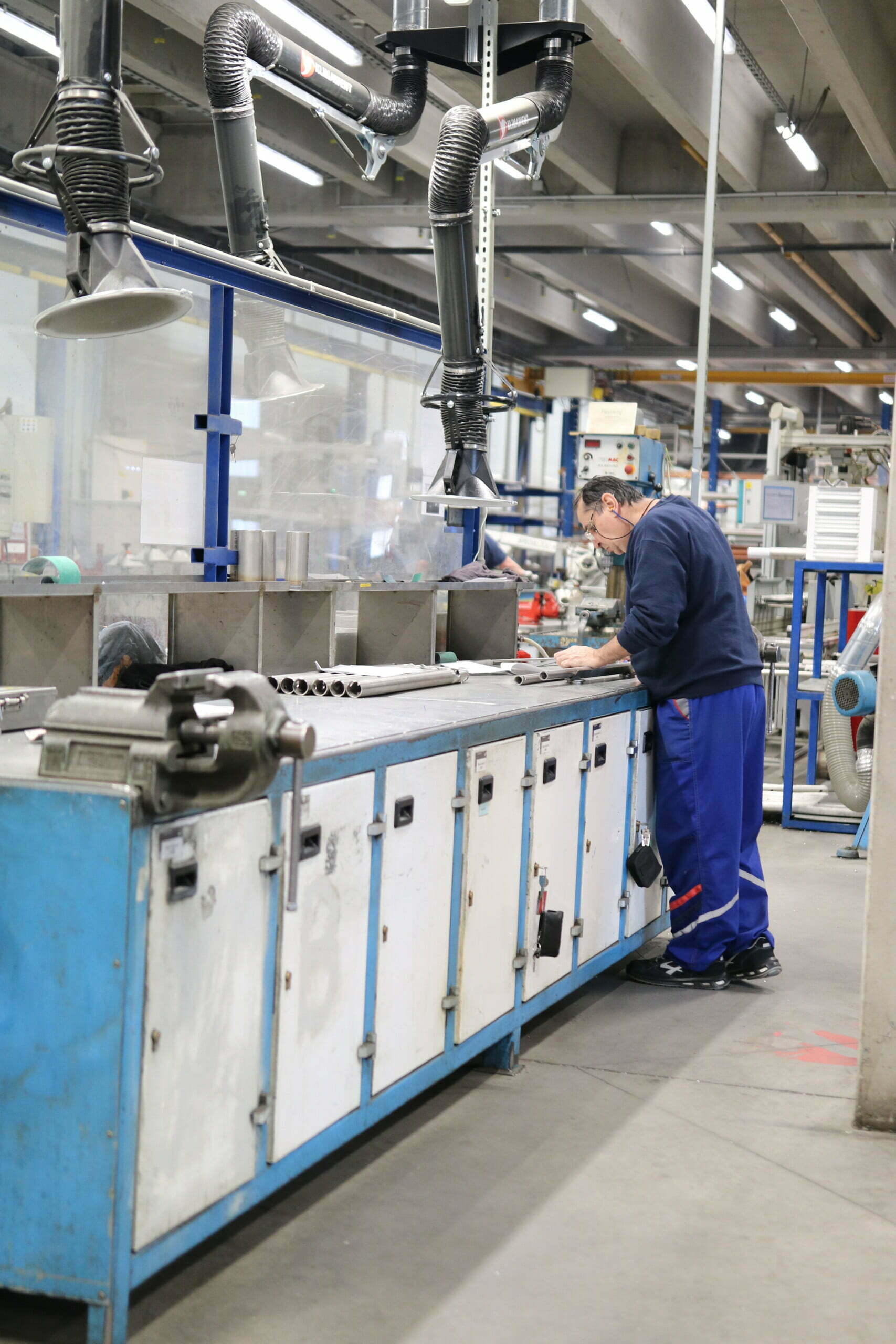

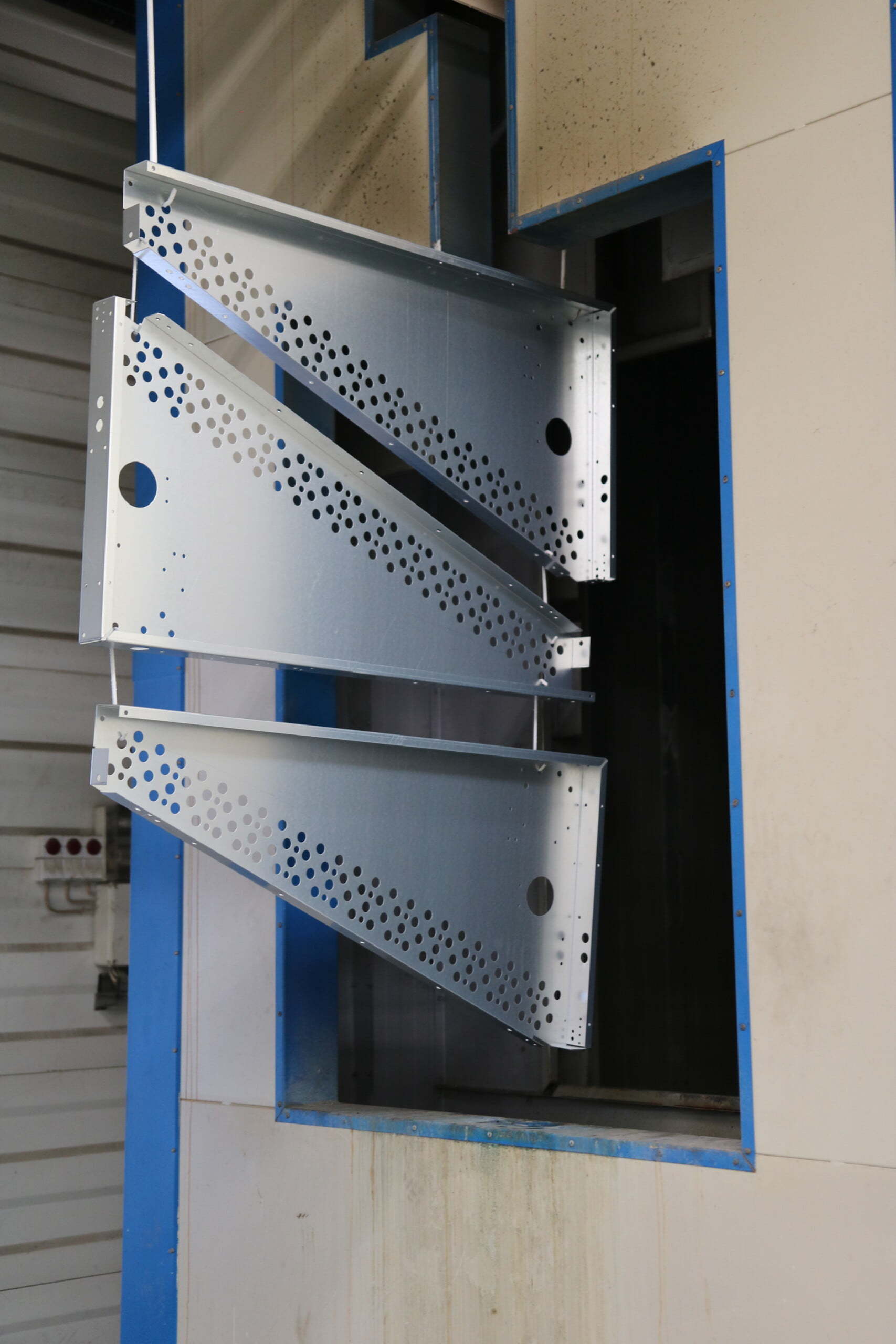

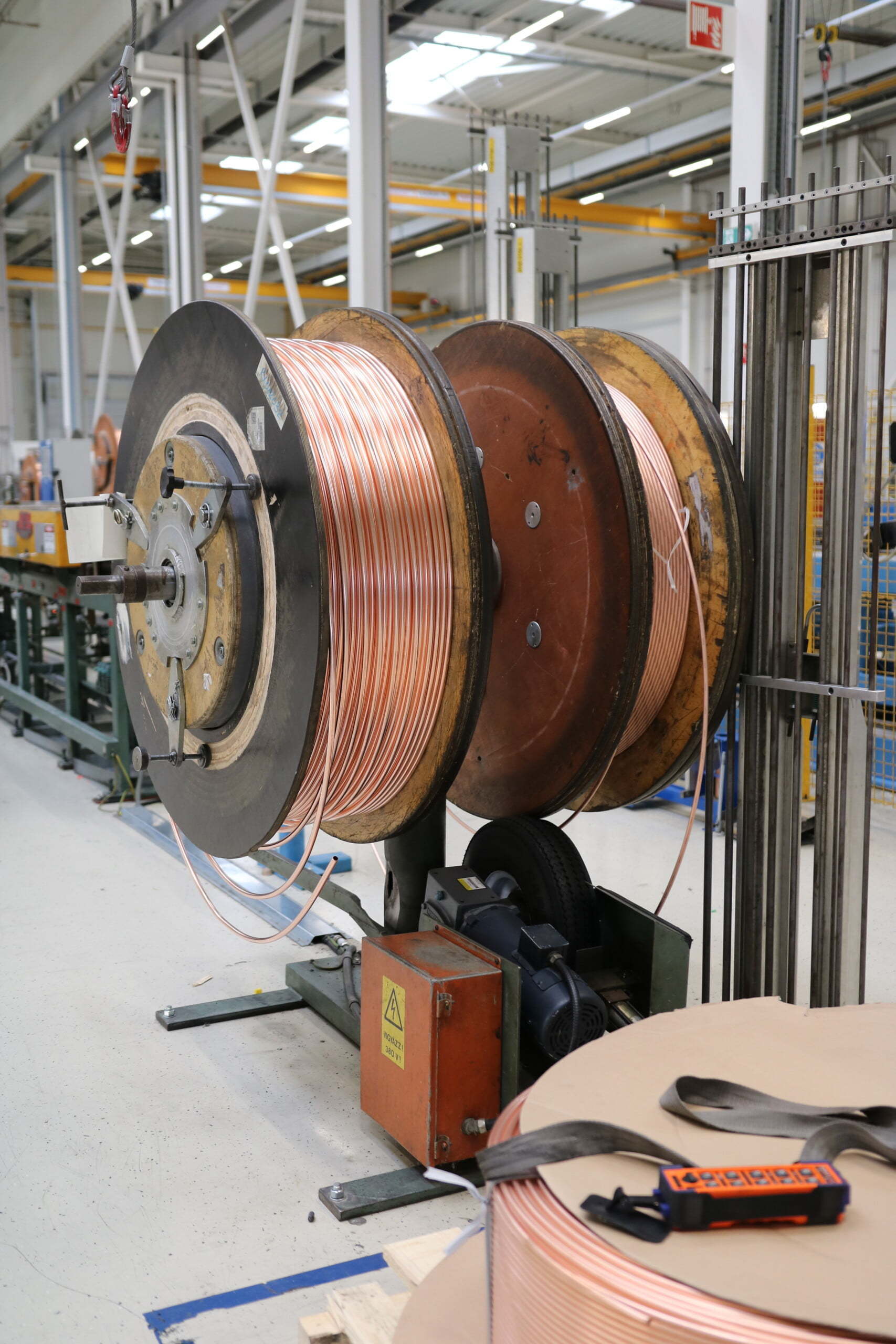

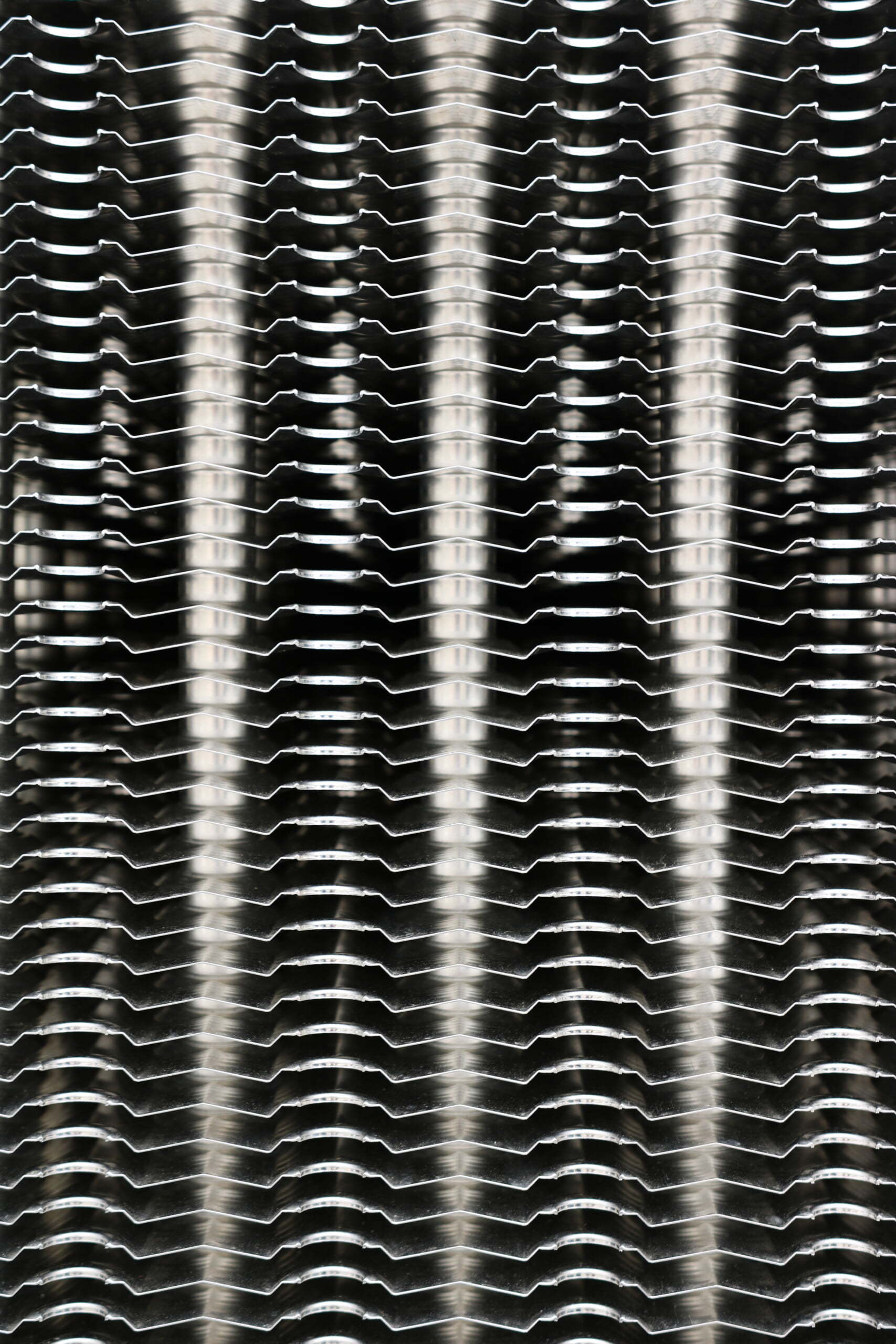

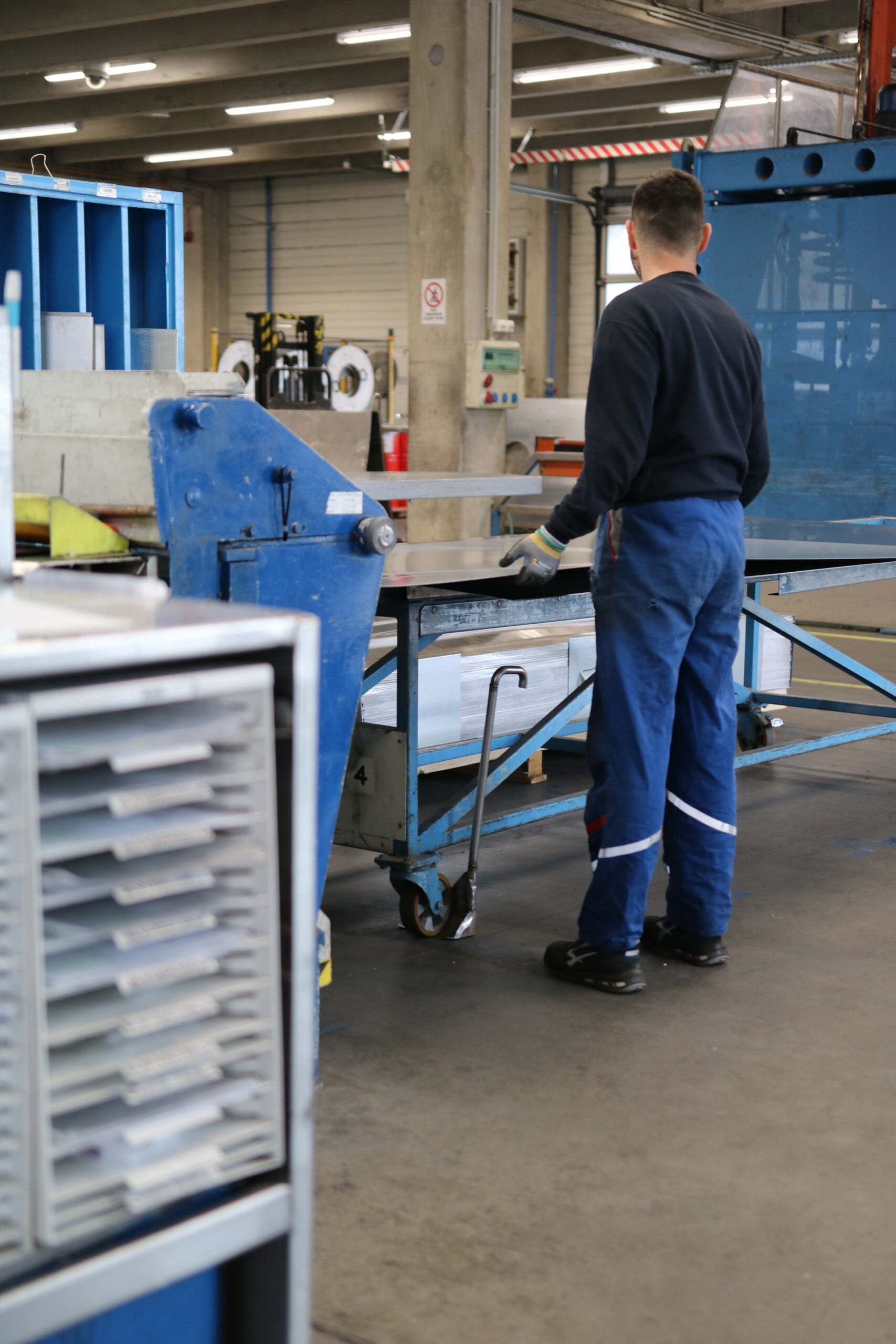



The Strategy
After we had toured the factory and spoken with the wider team, we spent time pulling together our strategy for the next steps for the business. This wasn’t just about building a marketing campaign or communications strategy.
Instead this was about finding a way of re-writing the genetic ‘code’ of the business to identify a future that felt like an intrinsic, genuine part of the business. We put together a comprehensive strategy and report, which was then presented to the senior management team for them to then consider and implement. We also created a demonstration of how their website could also evolve to promote key campaigns and strategies within the business, in order to improve both internal and external communications within their long-term approach.
